The post-crisis rumour mill
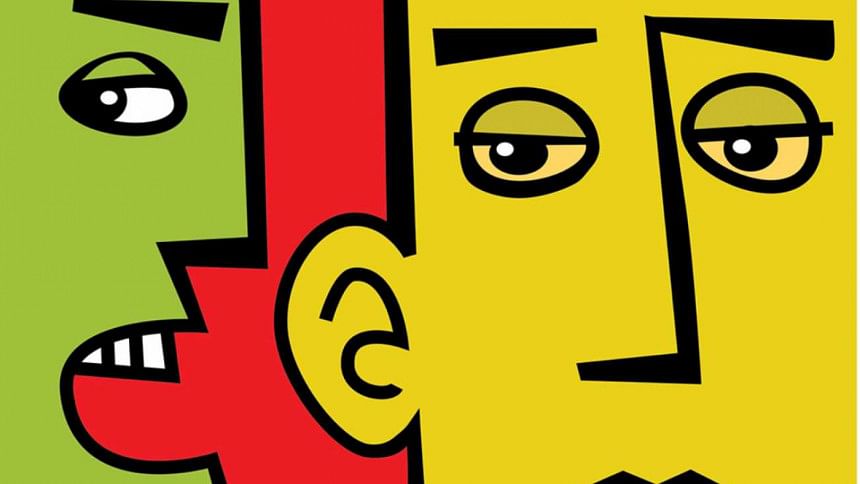
During an unprecedented attack like the one at Holey
Artisan Bakery, crisis management is of utmost priority. Looking back, security forces did well to set up cordons to keep at bay meddlesome reporters. The subsequent media blackout, though late, was a good call and could feature in a standard operating procedure. In comparison with regional incidents, commandoes acted with reasonable urgency. However, medical evacuation appeared poorly managed and if not for the proximity of United Hospital, more lives may have been lost.
Now, during a terrorist attack of this scale, crisis management means not only military and logistics, but also the communication/public opinion, aspect. Law enforcement agencies were active on social media, opening channels to crowdsource intelligence. This is how three terrorists were identified. Agencies also prevented "uploading, sharing, commenting or liking any video, images or speech in the social media such as Facebook, Twitter and YouTube in support of the Islamic State or militancy."
The telltale effects of misinformation linger. Over a week has elapsed, but debates still rage over response time, wasting of night cover, failure to stake out adjacent properties, apparent absence of snipers and overall role of counter-terrorism units. Of course, virtually no discussant has any knowledge of military tactics or hostage situations. But that's the curse/boon of the Wikipedia and social-media combo: everyone is an expert; every stooge with a smartphone has opinions of everything, has high regard for his own opinions and is therefore unable to stop sharing them.
Misinformation feeding the rumour mill has been coming from authorities and armchair experts alike. It started with the initial update that the rescue operation left five persons dead, while all others had been rescued. A CNN analyst, speaking live, was amazed by this feat. But awe was quickly crushed as reports of a gruesome massacre began to emerge from the bakery. Once the amateur video showed hostages being released, official claims about the operation garnered further criticism.
Authorities have insisted that the attackers were homegrown and members of JMB (not a new stance). But in the case of Holey, social media accounts released casualty figures and photos, in addition to tweeting the identity of some terrorists before it all became common knowledge. International security analysts opined that the scale and sophistication of the attacks suggested some level of guidance from international militant groups. The police, however, have time and again reiterated their claim of homegrown terror.
Just as social circles were identifying the terrorists from Amaq agency photos, authorities were disseminating a separate list of names: Akash, Bikash, Don, Badhon and Ripon. With at least three terrorists positively identified, the persistence of these names raised suspicion of political scapegoating. The police have recently argued that they had been using 'code-names' used by terrorists.
After the horrific attack, some international organisations considered winding up operations in Bangladesh and countries issued travel warnings. International seminars and sporting tournaments were cancelled. Global news sites argued how Bangladesh should have seen the attack coming. They criticised narrowing discursive space and inadequate state response to targeted killings. But a week into the attack, State Minister for Foreign Affairs asserted to the press that the nation's image had not been tarnished in any way by the Gulshan attack.
Leaders and authorities are not setting the best example for reporters and analysts. Official stories keep on changing. This happened when the pizza chef was first touted as a terrorist and then stories of his involvement surfaced, leading to the admission that the hostage may have been killed by mistake. In latest developments, police has denied that they are holding any of the hostages for questioning. This comes after a former university teacher and a young student were thought be remanded, since both are still missing despite being 'rescued' from the bakery. The development also calls to question the story about the sole terrorist captured alive.
Chaos in information management is being reflected downstream i.e. in media reporting and popular discourse. Because no protocol was agreed, the attackers have been variously labelled 'gunmen' or 'Jihadists'. No clear guidance was issued regarding the use of Amaq Agency photos of grinning terrorists or their carnage inside the bakery. Media must be provided with a protocol for using militant propaganda.
There are more serious concerns. It is widely held that the terrorists aimed only to kill all foreigners. But during the siege, one or two news outlets published a list of three demands, one involving the release of an incarcerated JMB leader. These reports seem to have disappeared now. But authorities should investigate which outlet(s) published the news, based on what source and to what end.
Small-time online news sites have been advancing all manners of misinformation and conspiracies. For example, one victim was widely touted as a terrorist, despite all evidence being to the contrary. The claims originated from a single, little known site. Another site is currently hypothesising that one of pictured attackers is still alive. The need for sensationalisation has led to unsubstantiated stories about the first responders and the secret videographer. One site has allegedly traced the money-trail back to opposition leaders. This unregulated rumour mill ultimately fans the confusion and serves militants' goals.
ISIS and its affiliates thrive on social media propagation. They employ HD quality productions, android apps and secret hashtags for communications. The Holey terrorists had ordered that the restaurant WiFi be turned on so that they could examine their social media impact and share photos of the carnage.
Faced with a media savvy enemy, Bangladesh's response must combine tactics and communications. This is a country where mobs readily believe that a criminal's face appeared on the moon. Therefore, online and offline, a war must be waged against misinformation and rumours. Otherwise, the chaos will be exploited by anti-social elements.
The writer is a strategy and communications consultant.

 For all latest news, follow The Daily Star's Google News channel.
For all latest news, follow The Daily Star's Google News channel. 

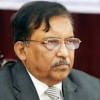
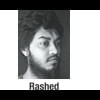
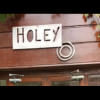
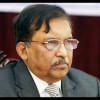
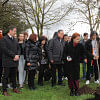


Comments